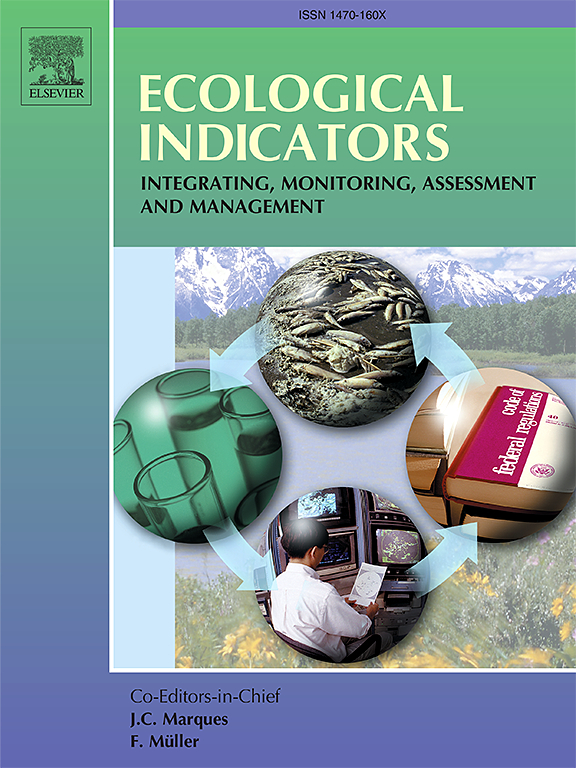Impact of landscape patterns on river water quality: Spatial-scale effects across an agricultural-urban interface
IF 7
2区 环境科学与生态学
Q1 ENVIRONMENTAL SCIENCES
引用次数: 0
Abstract
Urban river water pollution is a serious environmental challenge confronting urban areas worldwide. The scientific quantification of the impact of landscape patterns on water quality provides essential support for pollution control and watershed landscape optimization. In this study, we onducted an in-depth and meticulous exploration of the relationship between the landscape patterns and water quality in the Wen-Rui Tang River watershed at four distinct spatial scales (single subwatershed, dynamic subwatershed, riparian buffer, and reach buffer) and two time scales (dry season and rainy season). Regression models were used to investigate the quantitative impact of landscape patterns on water quality, redundancy analysis was employed to assess the overall explanatory power, and non-parametric point-of-change analysis was applied to evaluate variations in water quality along landscape gradients and identify critical landscape threshold ranges. The results indicate that the model performance of disolved oxygen at the reach buffer scale, pH and total nitrogen at the riparian buffer scale, and ammonia nitrogen, nitrate nitrogen, and total phosphorus at the dynamic subwatershed scale were better than at other scales. Overall, the dynamic subwatershed scale showed the strongest explanatory power for water quality indicators, with 91.2 % for the rainy season and 83.2 % for the dry season. The largest patch index of agricultural land (A_LPI) and water bodies (W_LPI) were identified as the most critical landscape indices influencing water quality at the dynamic sub-watershed scale, with threshold values for these indices established as A_LPI < 10 % and W_LPI > 1.5 %. These findings offer a comprehensive understanding of the spatiotemporal impacts of landscape patterns on water quality and offer valuable insights for watershed management and ecological planning.
求助全文
约1分钟内获得全文
求助全文
来源期刊

Ecological Indicators
环境科学-环境科学
CiteScore
11.80
自引率
8.70%
发文量
1163
审稿时长
78 days
期刊介绍:
The ultimate aim of Ecological Indicators is to integrate the monitoring and assessment of ecological and environmental indicators with management practices. The journal provides a forum for the discussion of the applied scientific development and review of traditional indicator approaches as well as for theoretical, modelling and quantitative applications such as index development. Research into the following areas will be published.
• All aspects of ecological and environmental indicators and indices.
• New indicators, and new approaches and methods for indicator development, testing and use.
• Development and modelling of indices, e.g. application of indicator suites across multiple scales and resources.
• Analysis and research of resource, system- and scale-specific indicators.
• Methods for integration of social and other valuation metrics for the production of scientifically rigorous and politically-relevant assessments using indicator-based monitoring and assessment programs.
• How research indicators can be transformed into direct application for management purposes.
• Broader assessment objectives and methods, e.g. biodiversity, biological integrity, and sustainability, through the use of indicators.
• Resource-specific indicators such as landscape, agroecosystems, forests, wetlands, etc.
 求助内容:
求助内容: 应助结果提醒方式:
应助结果提醒方式:


